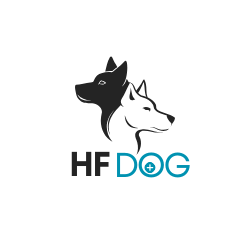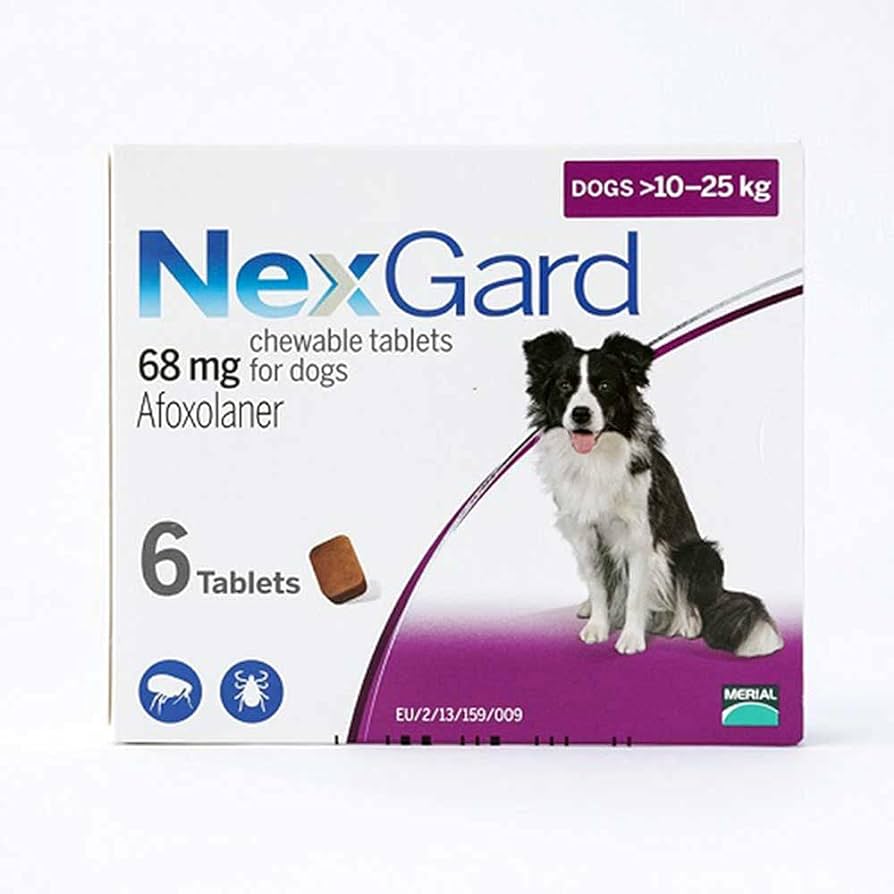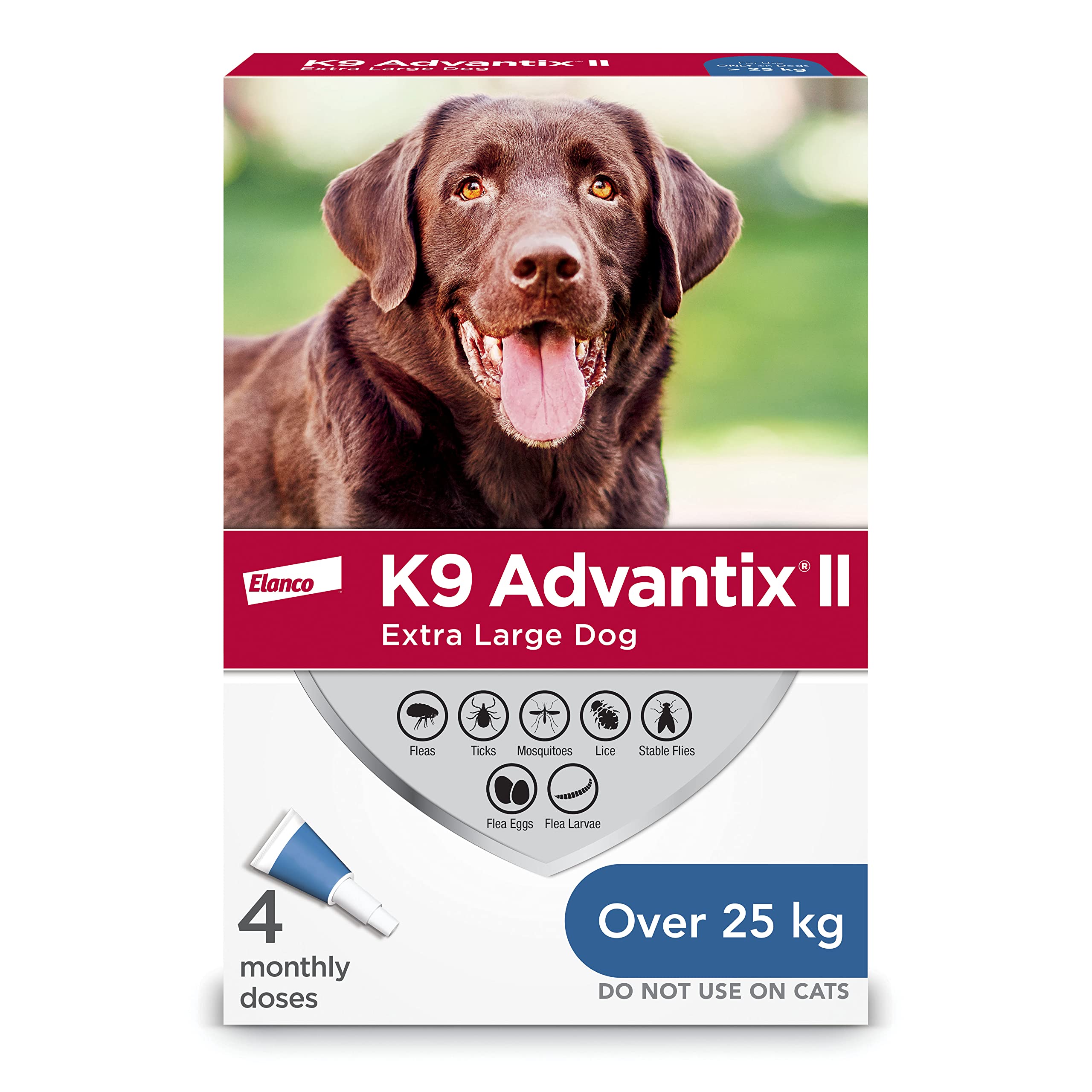Is Nexgard Better Than Frontline
When it comes to controlling fleas and ticks on your dog, Nexgard is typically better than Frontline. It works fast by killing fleas and ticks rapidly, even before they lay eggs. Nexgard is given orally, while Frontline requires direct skin application. Nexgard’s afoxolaner provides quick and long-lasting protection. Both have their differences in how they are applied and duration of effectiveness. Keep in mind possible side effects of Nexgard like vomiting, dry skin, and diarrhea. For a deeper understanding of the two options, consider exploring further details.
Key Takeaways
- Nexgard has higher efficacy in killing fleas and ticks rapidly.
- Active ingredient afoxolaner in Nexgard provides rapid and long-lasting protection.
- Nexgard is an oral chew for easy administration with monthly dosing.
- Frontline is a topical solution requiring direct skin application every 30 days.
- Consulting a vet for side effects and choosing based on pet’s needs is vital.
Efficacy of Nexgard and Frontline
When comparing Nexgard and Frontline, Nexgard has shown higher efficacy in controlling fleas and ticks on dogs. Nexgard is a popular choice among pet owners due to its effectiveness in rapidly killing fleas and ticks. This oral medication works quickly, often killing fleas before they’ve a chance to lay eggs, thus preventing further infestations.
Frontline, on the other hand, is a topical treatment that needs to be applied directly to the skin. While Frontline is effective in killing fleas and ticks, some users have reported that it may take longer to see results compared to Nexgard. Additionally, Frontline may leave a residue on your dog’s fur, which can be a concern for some pet owners.
Active Ingredients Comparison
Comparing the active ingredients of Nexgard and Frontline reveals distinct differences in their formulations for combating fleas and ticks. Nexgard contains afoxolaner, a potent insecticide that targets the nervous system of fleas and ticks, effectively killing them upon contact. On the other hand, Frontline utilizes fipronil and (S)-methoprene. Fipronil works by disrupting the insects’ central nervous system, leading to paralysis and death, while (S)-methoprene acts as an insect growth regulator, inhibiting the development of flea eggs and larvae.
The unique combination of afoxolaner in Nexgard provides rapid and long-lasting protection against fleas and ticks, making it a popular choice among pet owners. In contrast, Frontline’s dual action of fipronil and (S)-methoprene offers a comprehensive approach to flea and tick prevention by targeting both adult insects and their offspring. Understanding these differences in active ingredients can help you make an informed decision when choosing between Nexgard and Frontline for your pet’s flea and tick control needs.
Application and Administration Differences
To properly administer Nexgard or Frontline to your pet, understanding the differences in their application methods is key. Nexgard is an oral chew that needs to be given with a meal, ensuring your pet consumes the entire dose. On the other hand, Frontline is a topical solution that should be applied directly to your pet’s skin between the shoulder blades.
When using Nexgard, ensure your pet swallows the chew whole and monitor them to prevent re-dosing. With Frontline, part the fur and apply the solution directly onto the skin to prevent your pet from licking it off.
Nexgard is administered monthly, providing ongoing protection against fleas and ticks. In contrast, Frontline needs to be applied every 30 days for flea protection and every 7 days for tick protection. Understanding these application and administration differences will help you choose the most suitable option for your pet’s needs.
Duration of Protection
For how long do Nexgard and Frontline provide protection against fleas and ticks?
Both Nexgard and Frontline are effective in providing protection against fleas and ticks, but they differ in the duration of their effectiveness. Nexgard, an oral chew, offers protection for up to 30 days. This means that you need to administer Nexgard once a month to ensure continuous protection for your pet against these pesky parasites.
On the other hand, Frontline, a topical solution, provides protection for about 30 days as well. However, some studies suggest that Frontline may continue to be effective for up to 60 days in some cases. It’s essential to follow the specific instructions provided by your veterinarian regarding the application and reapplication of these products to maintain their effectiveness.
Understanding the duration of protection offered by Nexgard and Frontline can help you choose the most suitable option for your pet’s needs.
Side Effects and Safety Profile
Understanding the potential side effects and safety profile of Nexgard and Frontline is important when considering which flea and tick prevention option is best for your pet.
Nexgard, containing afoxolaner, may cause side effects like vomiting, dry skin, diarrhea, lethargy, and lack of appetite. In rare cases, seizures have been reported.
On the other hand, Frontline, with fipronil as the active ingredient, may lead to skin reactions at the application site, such as redness or irritation. Both products have undergone extensive testing to ensure their safety for pets, but individual reactions can vary.
It’s crucial to consult your veterinarian before starting any flea and tick treatment to discuss potential side effects and determine the best option for your pet’s specific needs.
Monitoring your pet for any adverse reactions after application and seeking veterinary advice if needed can help ensure a safe and effective flea and tick prevention regimen.
Frequently Asked Questions
Are Nexgard and Frontline Safe to Use on Pregnant or Nursing Dogs?
During pregnancy or nursing, consult your vet before using NexGard or Frontline on your dog. Safety may vary based on individual circumstances. Prioritize your dog’s well-being by seeking professional advice to ensure their health.
Can Nexgard and Frontline Be Used Together for Added Protection?
Yes, you can use Nexgard and Frontline together for added protection. It’s common to combine different flea and tick preventatives to increase efficacy. However, always consult your vet to ensure compatibility and proper dosage.
Are There Any Known Drug Interactions When Using Nexgard or Frontline With Other Medications?
When using Nexgard or Frontline with other medications, it’s essential to check for potential drug interactions. Consult your veterinarian to ensure the safety and effectiveness of combining these products with any other medications your pet may be taking.
What Is the Recommended Frequency for Reapplication if My Dog Swims or Gets Wet Frequently?
If your dog swims or gets wet often, it’s recommended to reapply the flea and tick medication according to the product instructions. Keep your furry friend protected by following the guidelines for frequency of application.
Do Nexgard and Frontline Offer Protection Against Ticks and Fleas in All Regions of the Country?
In all regions of the country, both Nexgard and Frontline offer protection against ticks and fleas. It’s important to follow the recommended application guidelines for maximum effectiveness, especially if your dog swims often.
Conclusion
Overall, both Nexgard and Frontline are effective options for flea and tick prevention in dogs.
However, Nexgard may have an edge in terms of efficacy and duration of protection.
It also offers the convenience of a chewable tablet compared to Frontline’s topical application.
Consider consulting with your veterinarian to determine which option is best suited for your furry friend’s needs and lifestyle.








